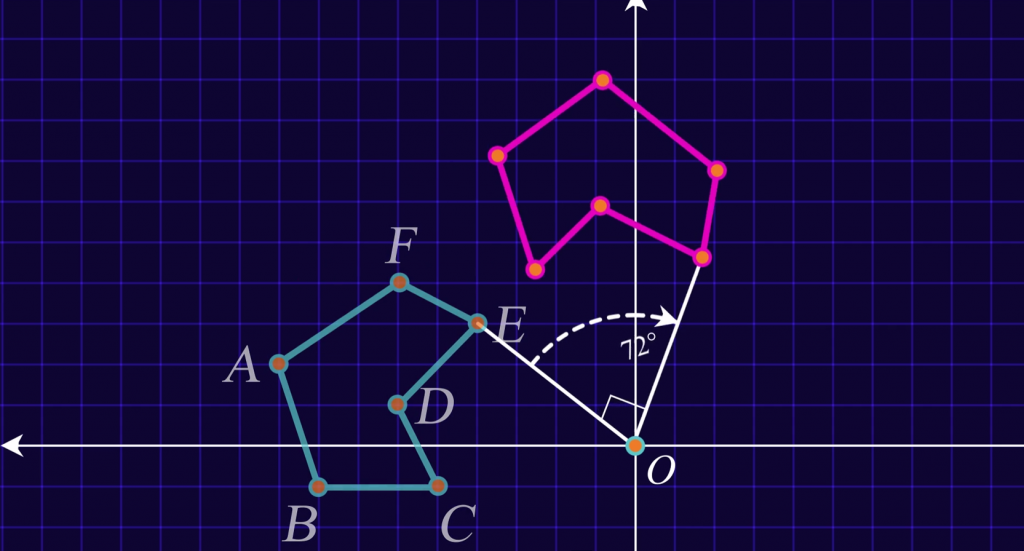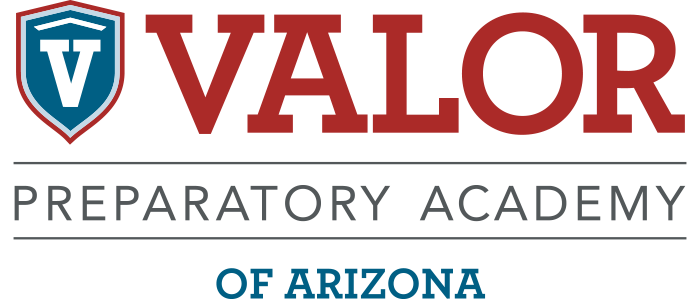 It’s no secret that math tends to be the least favorite subject for many students, simply because it’s frustrating to so many. When students don’t understand what’s being taught, you lose them.
It’s no secret that math tends to be the least favorite subject for many students, simply because it’s frustrating to so many. When students don’t understand what’s being taught, you lose them.
The problem is, the current classroom setting doesn’t allow teachers to have the time for those who fall behind.
In general, this is the way students learn math:
The teacher stands at the whiteboard (maybe a SmartBoard, if the teacher is lucky) and introduces a new chapter to the class. Students go home and start on homework. The really quick learners probably won’t have any questions. But most likely, students will get stuck on a problem or two. So, they bring questions to class the next day.
Although, that doesn’t help the homework grade…
By the time they get to class, the teacher will try to make time for questions. But even then, it’s time to learn a new chapter. So, the teacher gives another lecture and assigns more homework.
Now those students are not only stuck on yesterday’s homework, they’re trying to learn something new. And more likely than not, something on that newly assigned homework will confuse them too.
Now they have even more questions, and the teacher introduces yet another math concept. Before students know it, the homework and confusion have piled up and it’s time for a quiz.
As the homework piles on and students fall behind, it’s frustrating. And it’s why many students give up on the subject altogether.
Sound familiar?
It’s not the best solution to expect students to seek out help, tutoring and keep up with the curriculum. It can work for some, but for many, it’s disheartening and it loses student engagement.
Instead of expecting the student to adapt and keep up, it might be time to rethink the way we teach math.
Flipping the Classroom: The way Valor instructors teach math
 At Valor, we flip the classroom.
At Valor, we flip the classroom.
It sounds a little funny, we’re sure, but the flipped classroom is actually an important method of teaching. It means that we find out student’s weaknesses and strengths before introducing any subject.
With online math courses, students log in and start with the coursework first. They’ll read through some instruction, watch videos and complete some math problems, or our version of ‘homework.’
Student’s answers are recorded and sent to the teacher. The teacher then reviews and examines which areas the students did well, and which areas need help.
Then the instructor presents the lecture. Teachers don’t go in blind, they know exactly how to help their students. And so, students log in to a live synchronous session and discuss specific struggles and get more insight.
Students still stuck on a math problem can email, call their teacher or set up a one-on-one online session to help them truly master the concept.
Students enjoy what they’re learning with digital math courses designed for them

Math doesn’t have to be boring.
Don’t laugh, it truly can be an entertaining subject. All it takes, really, is a curriculum made for teens, known as digital natives.
Valor offers an award-winning curriculum jam-packed with videos, games, fun stories and interactive content throughout the lessons. Students won’t be just reading PDFs or textbooks, they’ll work through online courses that will help them actually enjoy what they’re learning.

